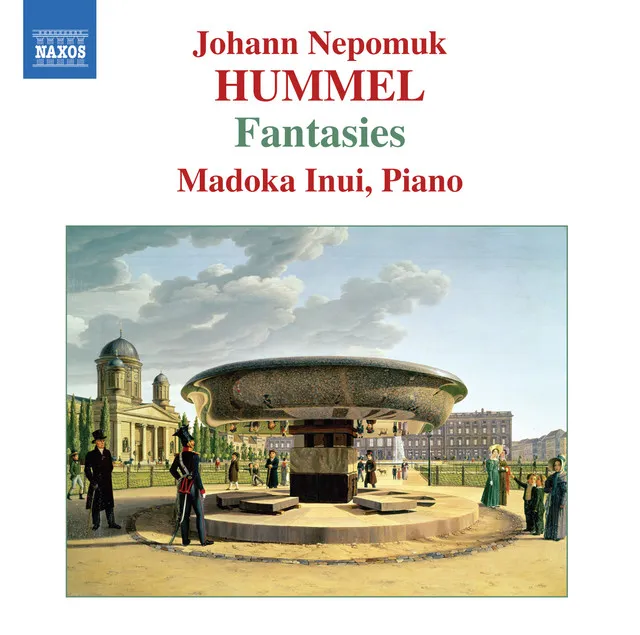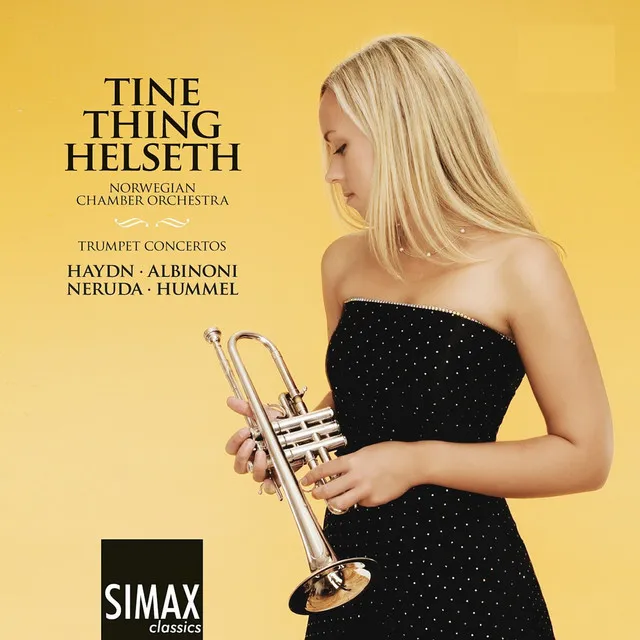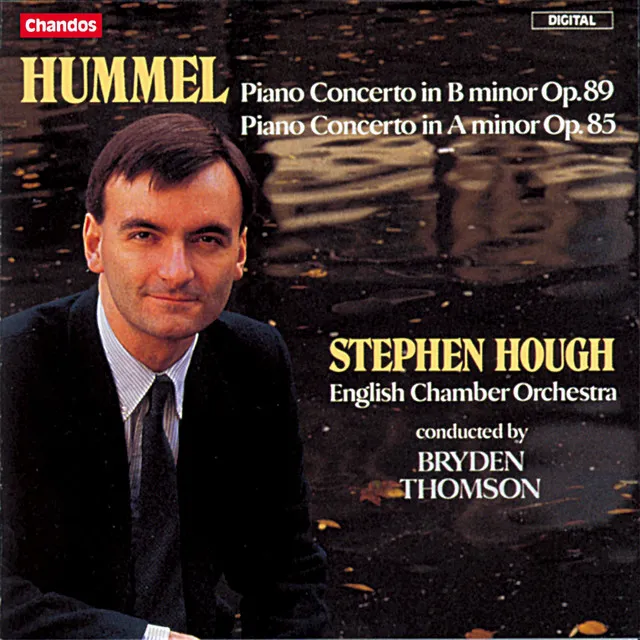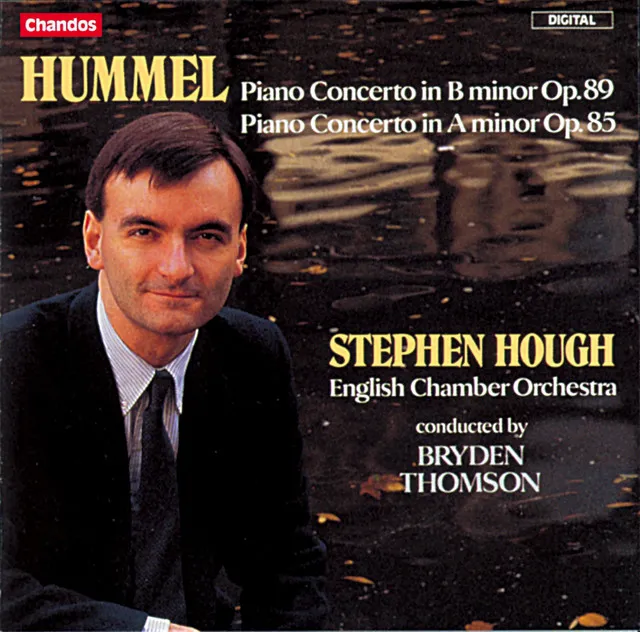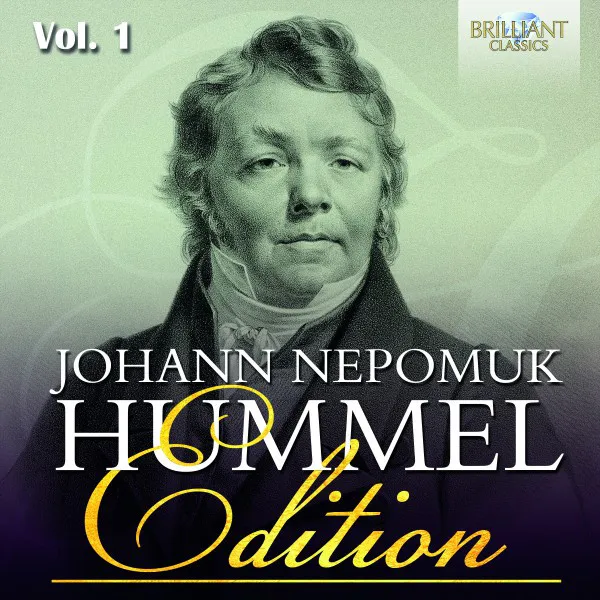Johann Nepomuk Hummel was a student of Mozart and, with Beethoven, a student of Haydn, Albrechtsberger, and Salieri. In fact, Hummel is often cast as Beethoven's rival, but the two pianist/composers were respectful of each other's work. Most of his music is for piano, encompassing solo pieces, chamber music, and concertos, but he also wrote choral music and operas. He bridged the Classical and Romantic eras and is considered somewhat conservative in the 21st century, but Hummel's style was influential in the development of Mendelssohn's, and indirectly, Schumann's and Liszt's piano writing. He tended to write long-breathed melodies, often used Alberti bass accompaniments and dotted rhythms, and favored the sonata-allegro and rondo forms. He also wrote a highly regarded, three-volume treatise on pianism, entitled A Complete Theoretical and Practical Course on the Art of Pianoforte Playing. Despite the importance of Hummel's piano music, it is his chamber music and the Trumpet Concerto that are most often recorded.
Hummel was born on November 14, 1778, in Bratislava (then Pressburg), Slovakia. Young Johann's first musical studies came on the violin at the behest of his father, a player of string instruments himself, and director of the local Imperial School of Military Music. By the age of five Hummel could play the violin with proficiency, but he would abandon it in favor of the piano, on which he developed an astonishing technique by age six. When the family moved to Vienna in 1786, Johann studied with Mozart, with whom he lived for two years. After concert appearances throughout Europe at age ten, Hummel and his father traveled to London, where they settled temporarily. Johann met Clementi there and took private instruction from him. Hummel returned to Vienna in 1793 and began studies with Albrechtsberger. Now 14, the young composer largely turned away from the concert stage, in favor of teaching and composing. Among his works were a set of variations for piano in 1794, and, four years later, two sonatas for piano and violin, and one for piano and viola. But he struggled with opera: Il viaggiator ridicolo (1797), and Don Anchise (c. 1800) were left incomplete. He did, however, finish Dankgefühl einer Geretten (1799). His Piano Trio in E Flat and the Variations in G on a Romance by Méhul came in the early years of the next century, and he completed his opera Le vicende d'amore in 1804. Soon more operas would appear, as well as his Concerto in G, for piano and violin. His first major appointment came in April of 1804, when he accepted the post of Concertmaster to Prince Nikolaus Esterházy at his Eisenstadt court. Hummel also wrote several masses, including the Mass in E Flat (1804), and Mass in D (1808); and he composed a Te Deum (1806), and two Salve Reginas. More operas came, too: Der vereitelten Ränke (1806) and Mathilde von Guise (1810; revised in 1821). In May of 1811, Hummel was dismissed as Kapellmeister in a controversy and returned to Vienna to focus on composition. Two years later he married Elizabeth Röckel. Late the following year, at his wife's behest, he launched a concert tour in Vienna, scoring triumph after triumph. He subsequently toured Germany and Europe with great success, sometimes also assuming the role of conductor. Hummel accepted the Kapellmeister posts in Stuttgart (1816) and Weimar (1819). This was a most productive period for him, as many of his best works appeared, including the Trio for Piano, Violin, and Cello, Op. 83 (1819); the Sonata in A Flat, for piano four hands, Op. 92 (1820); and two "birthday" cantatas for the Duke (1823 and 1827). By 1832, Hummel's health was in decline, and he frequently took leave of his Kapellmeister duties in Weimar because of sickness. He died on October 17, 1837. ~ Patsy Morita & Robert Cummings, Rovi
